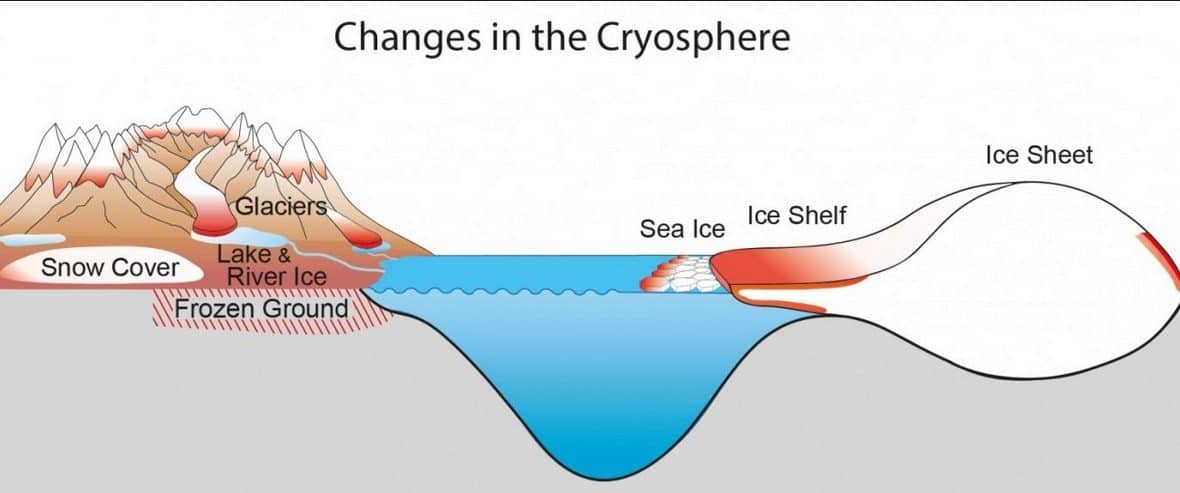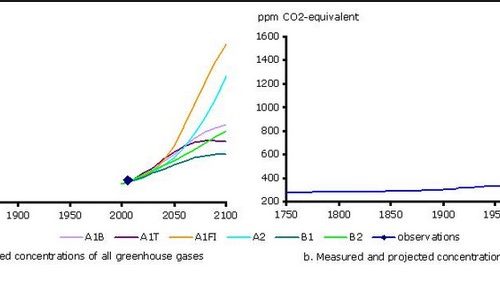
Variations in cryospheric variables, such as snow, ice and glacial extent occur in response to changes in temperature, sunshine amount, precipitation, and for sea-ice, changes in wind-stress. Since 1966 Northern Hemisphere snow cover maps have been produced using National (U.S) Oceanographic and Atmospheric Administration (NOAA) satellite imagery. Consistent with the surface and tropospheric temperature measurements is the decrease in snow cover and extent around 1980. Variations in sea ice extent have also been reported (Mysak & Manak, 1989; Gloerson and Campbell, 1988) but little long term trend is noticeable. Nevertheless, considerable interest in retreating sea ice was generated in early 1995, when a large iceberg broke off the Larsen Ice Shelf on the Antarctic continent. At the same time, sea ice formerly blocking the Gustav Channel between the Antarctic peninsula and James Ross Island, completely disintegrated. In view of the rapidity at which they took place, such events have been viewed as a signal of greenhouse warming.
Measurements of glacial ice volume and mass balance provide further valuable information about climatic changes, but they are considerably scarcer. Glacial advance and retreat is influenced by temperature, precipitation and cloudiness, and depending on the size of the glacier, their movements tend to lag behind climatic variations. A substantial, but not continuous, recession of mountain glaciers has taken place almost everywhere since the latter half of the nineteenth century (Grove, 1988). The rate of recession appears to have been generally greatest between about 1920 and 1960.




Leave a Reply